Blog Post
Notes from Sweden #1: How They Get Around
[Clicking an image in this post will load a larger version of the image. A slideshow of the images in this post is also available.]Despite the light drizzle and the fading light of Sweden's mid-afternoon dusk when I arrived in Lund, it was immediately clear that the prevalent form of transportation here is bicycling. Bicycles are everywhere. Hundreds are parked at the train station, where I arrived from Copenhagen. For every person I saw in a private automobile, there were probably 20 on bicycles.
It's such a pleasant contrast to the U.S. and our car-dependent cities and towns. Of course, I suppose it helps that this part of southern Sweden is quite flat. The region has some of the best farmland in the country.
Many of the cobblestone-paved streets have designated bicycle lanes and sidewalks, demarked by different paving patterns. There are also separate bicycle/walking pathways, usually with marked bike lanes for travel in both directions, with walkways on one side — or both. These pathways, at least in the Lund University campus, have their own roadway underpasses, signage, intersections, and even traffic lights in some places. One can bike all the way to Malmo, maybe 25 kilometers away, on paved bicycle pathways — and I get the sense that there are good pathways connecting most towns and cities here. The city is the most pedestrian-friendly I've ever experienced. Traffic-calming features are everywhere: all manner of speed bumps, including raised platforms, and pedestrian bump-outs (allowing easy crossing for pedestrians while slowing traffic with the narrowed feel of the street). At these bump-outs, provision is made for bicyclists to pass through, rather than being squeezed into the vehicle lane.
And then the public transit! Most of the vehicles in Lund are low-entry, green Mercedes buses, inviting with large windows and easy access — no flight of steps like most of our buses in the U.S. I haven't had need to ride a bus, since we're almost exclusively on foot, but it looks like a breeze.
And the train from Copenhagen to Malmo and Lund is wonderful: quiet, comfortable, efficient, easy. One catches the train right at the Copenhagen airport, and it crosses the sound between Denmark and Sweden on the second-longest rail-vehicle bridge in the world. It was overcast and raining when I came in, so we couldn't see the large offshore wind farm just to the south and (often — apparently) visible from the train. The evening I arrived, we went back into Malmo to rendezvous with a friend from DOE, who happened to be in the city for an International Energy Agency meeting; again, the train trip was a breeze.
Somewhat surprisingly, the private cars I do see here are larger than I had expected. When I visited France a few years ago, the cars were mostly tiny: smaller than the littlest cars one sees in the U.S. and unlikely to even be legal in the U.S. I saw the same in Brazil several years ago. This being Sweden, quite a few of the cars here are Volvos and Saabs — and many are the same models (fairly large and not that efficient) that we have in the States. I don't see many of the small European and Japanese diesels that were so common in France. But I also don't see any cars larger than a mid-size Volvo.
SUPPORT INDEPENDENT SUSTAINABILITY REPORTING
BuildingGreen relies on our premium members, not on advertisers. Help make our work possible.
See membership options »Today, my host toured my daughter and me around — driving south through Malmo. The highways seem highly organized, efficient, and not too crowded (though it is a Sunday). Roundabouts are far more common than traffic lights, so one can drive through without having to come to a stop — a significant energy-saving feature. Where there are traffic lights, I was interested to see that before a red light turns green, the yellow comes on as well for a second or two — so that someone driving toward the intersection can see that the light is about to change and avoid having to slow down (and wasting energy when re-accelerating).
All in all, the Swedes are so far ahead of the U.S. when it comes to transportation infrastructure and planning that it isn't even funny. It's a pleasure to avoid cars here!
— Alex Wilson, Lund Sweden, 9 December 2007
Published December 9, 2007 Permalink Citation
(2007, December 9). Notes from Sweden #1: How They Get Around. Retrieved from https://www.buildinggreen.com/news-article/notes-sweden-1-how-they-get-around

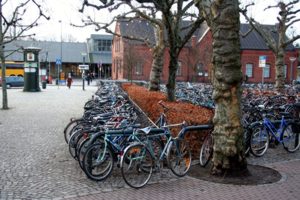
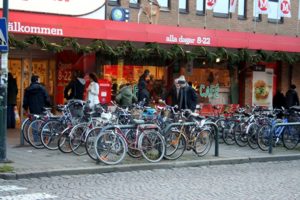
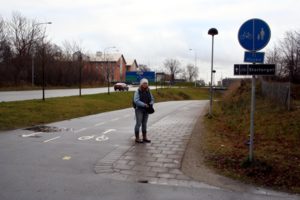
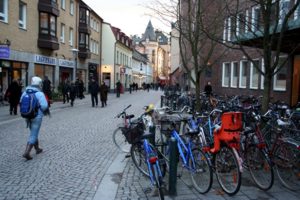
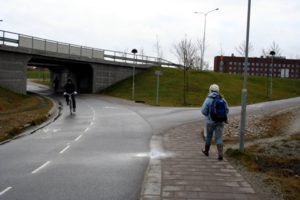
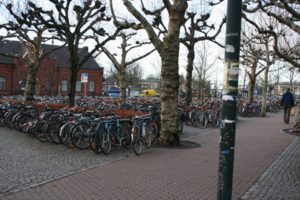
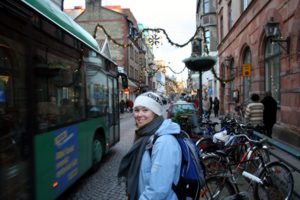
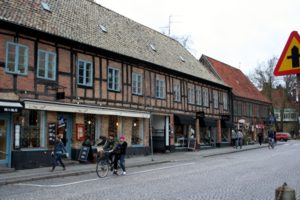
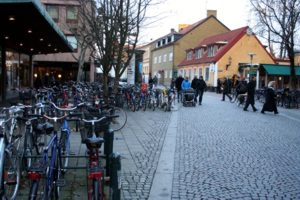
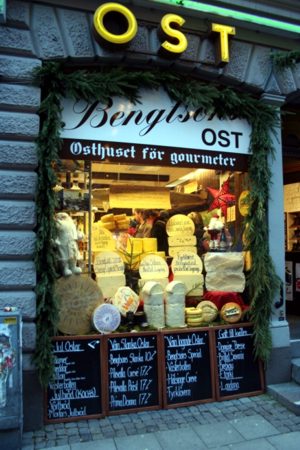
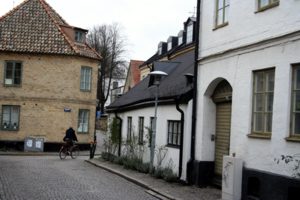
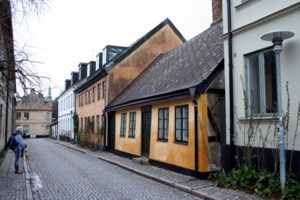
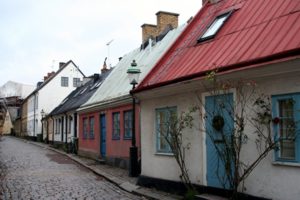
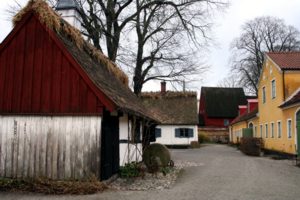
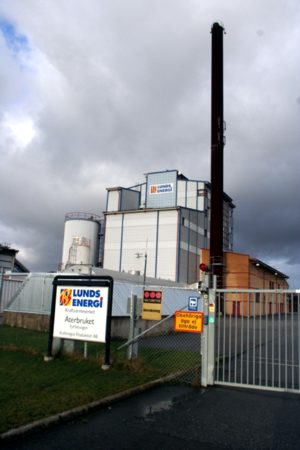


Add new comment
To post a comment, you need to register for a BuildingGreen Basic membership (free) or login to your existing profile.